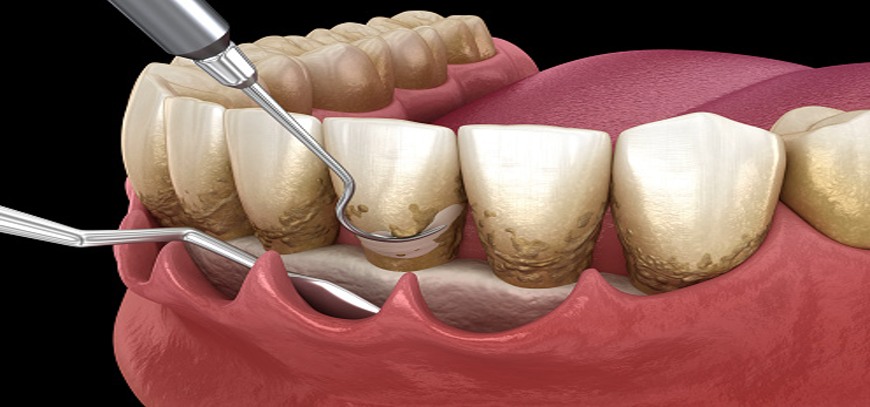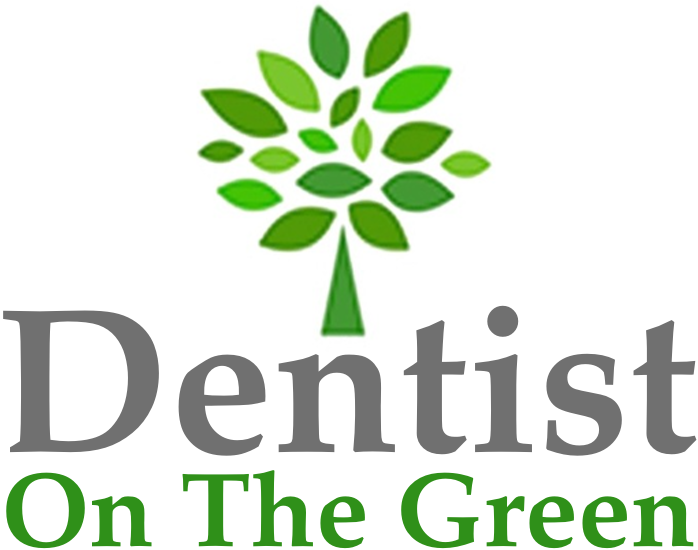Working Time
-
-
-
-
-
-
-
-
-
-
-
- Monday 09:00 – 18:00
- Tuesday 09:00 – 18:00
- Wednesday 09:00 – 18:00
- Thursday 08:00 – 17:00
- Friday 09:00 – 18:00
Saturday CLOSED
- Sunday CLOSED
-
-
-
-
-
-
-
-
-
-
Contact Info
Ask the Experts
Curettage

Our smiles are of the utmost importance. Being less than confident in your smile can be a true source of pain and embarrassment. Even if you’ve taken good care of your teeth, without proper cleaning by a dentist on a regular basis, tartar and plaque can develop. When that happens, diseases like gingivitis and periodontitis are a distinct possibility.
But with regular visits to our dental practice you stand a much better choice of avoiding procedures such as curettage, scaling, and root planing.
Teeth curettage is a minimally painful periodontal procedure that removes the accumulated plaque from the surface of the teeth and below the surface of the dental flesh, or plaque from the root of the teeth.
Dental curettage
Periodontal or Dental Curettage, used to treat gum problems, is the removal of dead inner tissue from the gum pocket in front of the tooth.
There are two types :-
One, closed curettage, is a simple procedure. Performed by a dentist or hygienist who cleans tissue surrounding the tooth or teeth.
The other, open curettage, requires a surgeon. The gum is cut (under a local anesthetic) to expose the pockets so they can be easily cleaned. Once replaced the gums are stitched which are removed after 10 days.
Dental curettage and cleaning
You may wonder why you need to visit your dentist at the office so often if you are taking good care of your teeth and gums but even the most diligent patients can miss hard-to-reach areas of the mouth.
Though with tooth brushing and dental flossing, both the plaque and food debris that are trapped inside the mouth can be removed, these techniques are not sufficient to maintain a perfect dental hygiene all year round. Regular dental professional cleanings performed at our Dentist on the Green practice are also necessary to get rid of tartar and prevent the germs to set inside the whole cavity.
You may also experience pain and sensitivity for a few days following the procedure as well as tenderness in your gums. Any side effects of the procedure should clear up within a few weeks.
The major difference between the design of a scaler and a curette is in the shape of the blade. In cross section, the blade of a scaler is triangular, whereas a curette is semicircular. … Only one cutting edge on each blade is used.
A deep cleaning usually involves the use of local anesthetic to keep you comfortable while the dental hygienist or dentist cleans underneath the gums. Your mouth will be numb to prevent the process from causing you any pain. A routine cleaning does not require any numbing.
